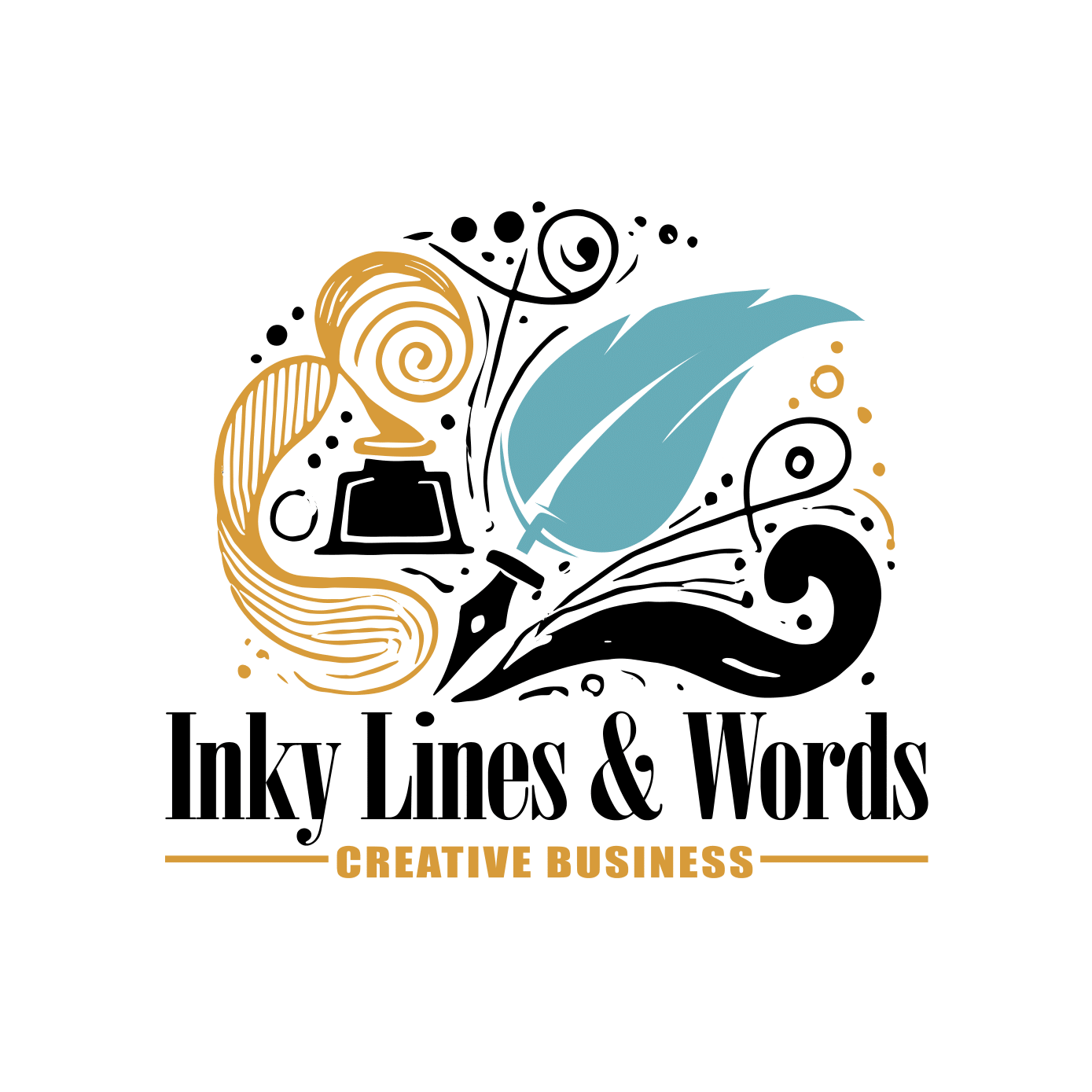I used to think choosing colors was just about what looked nice together. I believed that as long as it didn’t look like a neon explosion, I was good if it matched—great! If not, let’s say some of my early coloring pages looked like a neon sign gone wild. But then I learned about color psychology, and suddenly, picking colors became way more interesting. It turns out the colors we choose can influence our mood, creativity, and even energy levels. So, before you grab that bright red or calming blue, let’s explore how colors affect us—and how you can use that knowledge to make your coloring pages even more powerful.
The Science of Color Psychology
Colors don’t just look nice—they affect our brains. Interestingly, different cultures see colors in unique ways. For example, while white means purity in Western cultures, it can symbolize mourning in parts of Asia. Science shows that different colors can cause emotional and psychological reactions. Have you noticed how fast-food logos use red and yellow? And how tech companies like Facebook, Twitter, and LinkedIn choose blue to show trust and reliability? That’s because red boosts appetite and excitement, while yellow creates happiness. In contrast, hospitals and spas tend to use cool blues and greens because they promote a sense of calm and relaxation.
The way we react to color isn’t just science—it’s also personal. Maybe blue makes you think of peaceful ocean waves, or green brings back memories of summer days in the park. Whatever the case may be, colors are powerful tools that can set the mood, tell a story, and even influence how we feel while we’re coloring.
The Meaning Behind Popular Colors
Each color has its energy, and knowing what each color symbolizes can help you make purposeful choices when coloring. Here’s a breakdown:
🟥 Red – Bold, passionate, energetic. Perfect for adding drama or intensity to a page. It's also great for fire-breathing dragons and superhero capes.
🟦 Blue – Calm, peaceful, focused. Ideal for coloring when you need some stress relief or want to imagine you’re at the beach.
🟨 Yellow – Happy, optimistic, uplifting. Use this when you need a mood boost or to add a touch of sunshine to a rainy day.
🟩 Green – Natural, balanced, refreshing. The go-to color for soothing the mind and connecting with nature. Also perfect for enchanted forests and magical creatures.
🟪 Purple – Imaginative, mystical, creative. Want to feel inspired? Purple is the artist’s best friend—ideal for dreamy landscapes and fantasy settings.
🟧 Orange – Playful, energetic, warm. If your page feels too serious, add some orange to liven things up.
⬛ Black & White – Classic, powerful, mysterious. Black adds depth and contrast, while white space helps balance a page and allows other colors to shine.
How to Use Color Psychology in Your Coloring Books
Now that you understand what each color means, how can you apply this knowledge to your coloring? Here are some fun ideas:
✔ Match Your Mood – Feeling stressed? Stick to cool blues and greens for a relaxing effect. Need a pick-me-up? Bright yellows and oranges can work wonders. ✔ Set the Scene – If you want your coloring page to feel mysterious and moody, use deep purples and blacks. If you're aiming for a joyful, playful vibe, lively pinks and oranges will do the trick. ✔ Experiment with Color Combinations – Try contrasting colors (like blue and orange) to create excitement, or monochrome palettes (shades of the same color) for a sleek, artistic look. ✔ Tell a Story with Color – Think about the feeling you want to evoke in your coloring page and choose colors accordingly.
Exciting Color Challenges for Your Next Coloring Session
If you want to explore color psychology, try these creative challenges:
🎨 Monochrome Challenge – Choose a single color and explore its various shades. Can you add depth and interest using just one hue? 🎨 Mood-Based Coloring – Select colors based on how you're feeling right now. Then, compare it to a coloring session when your mood is different! 🎨 Opposites Attract – Use complementary colors (like purple & yellow, blue & orange) to create lively contrasts. 🎨 Random Pick Challenge – Close your eyes, pick three colored pencils at random, and see how they work together. (Have you ever tried mixing purple, lime green, and mustard yellow? You might surprise yourself!),
Final Thoughts: Let Color Establish the Mood
Coloring isn’t just about filling in spaces—it’s an experience. Different colors can evoke specific memories or feelings, like deep blues that remind you of a quiet night sky or bright yellows that bring back carefree summer days from childhood. The colors you choose can lift your mood, change the energy of a page, and even inspire new ideas. I once colored an entire page in shades of deep blue and gray, only to realize afterward that it perfectly reflected the rainy day outside. Coincidence? Maybe. Or maybe colors really do reveal how we feel. So, next time you open a coloring book, think about how you want to feel. Want to relax? Grab those cool blues. Need a boost of energy? Go for the warm reds and yellows. And if you want to have fun, go crazy and mix them all!
Ready to explore color psychology yourself? Who knew colors held such power? Give it a try, and if you create something amazing, share it with fellow color enthusiasts! Post your masterpiece online and see how others interpret your color choices. Experiment and observe how your mood changes! Grab one of our coloring books at Inky Lines & Words and start discovering the influence of color!



Comments ()